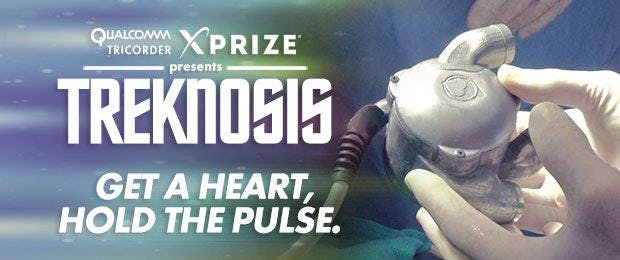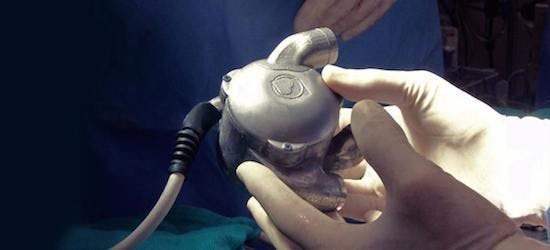Published Aug 16, 2015
Get a Heart, Hold the Pulse
Get a Heart, Hold the Pulse

It's stardate 42779.1 and Captain Jean-Luc Picard is not in a great mood: his ship's chief medical officer, one Dr. Katherine Pulaski, has been telling him repeatedly that his artificial heart needs to be replaced for some time now and the procedure can't be put off any longer. Picard, who evidently thinks his image as the ship's invincible captain will take a serious hit if he undergoes surgery onboard (where his crew might potentially find out about it), decides to discreetly tag along with Wesley Crusher on a shuttle to Starbase 515, where a surgical team is waiting for him. The two get some unexpected quality bonding time in while the rest of the crew deals with a sudden hostage situation involving Geordi LaForge and some surprisingly devious Pakleds.The captain's cunning plan falls apart when Starbase 515's surgeons encounter unexpected problems during the heart replacement procedure, and they need to call in an expert -- none other than Dr. Pulaski. After getting Geordi back, the Enterprise leaps instantly to Warp 9 and delivers Dr. Pulaski to Starbase 515, where she proceeds to save the captain's life.

Upon waking, Picard manages to walk a fine line between gratitude at not being dead, and annoyance at having had his medical business effectively broadcast to the entire ship. He needn't have worried, as it turns out; his authroity, as ever, remains undiminished.

60 bpm x 60 minutes x 24 hours = 86,400 beats per day, every day.That adds up to 31.5 million beats per year. And that's if you're fit! The average human heart rate, according to the Mayo Clinic, averages between 60-100 beats per minute — so for the upper end of that range, you're looking at more like 52.5 million beats per year. And that's just one year; if you had a heart replacement in your 50s and you expected to live another 20 years, you'd be looking at a cool billion beats over your remaining lifespan. The engineering challenge involved in designing a machine that mimics the pumping action of the heart and yet is also sturdy enough to work for a billion cycles without wearing out or malfunctioning even once is staggering. You have to admit, though, that the 24th-century version at least looks pretty nifty.


Sign up today to join our mission, be a part of our campaign and win collectibles at: tricorderfederation.org.




